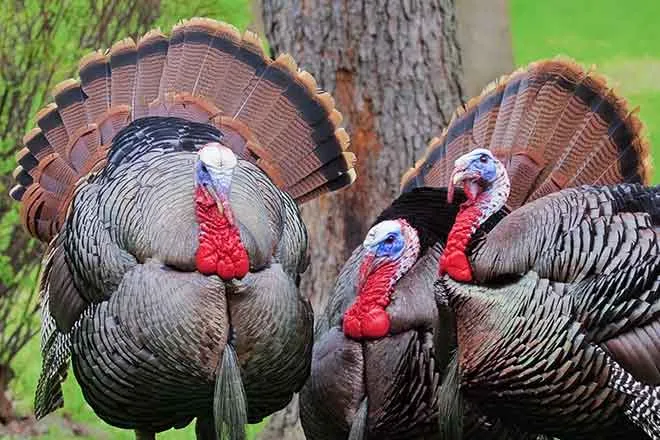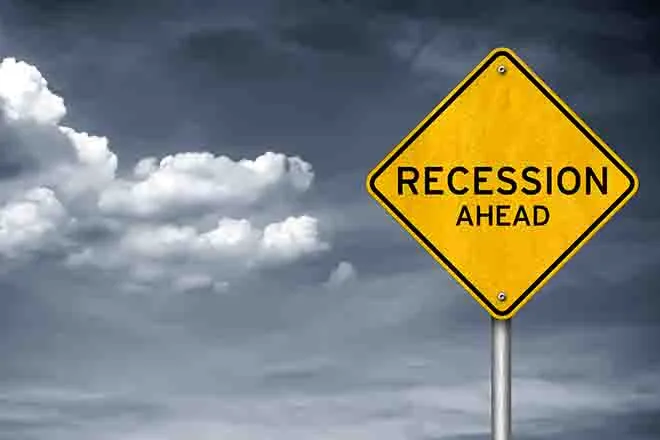
Changes in Child Tax Credit Would Have Outsized Impact on Rural Children
The families of more than a quarter of all children living in rural America would benefit from a proposed expansion of the Child Tax Credit that has passed the U.S. House of Representatives and is now under consideration in the Senate.
The expansion would change the credit’s eligibility criteria to include low-income families who don’t get the full tax credit per child because they don’t pay enough taxes to qualify. The current credit phases in until family earnings reach a certain threshold. Most low-income families – usually ones who make under $40,000 annually – receive partial or no credit.
“Because of that structure, it particularly disadvantages children who live in rural areas largely because pay is typically lower in rural areas,” said Stephanie Hingtgen, research analyst at the Center on Budget and Policy Priorities. “Clearly this is upside down.”
Under the proposed legislation, more than 80% of the children who don’t get the full credit would see a boost in their family’s income from the credit, according to Hingtgen. The legislation would also increase the credit slightly, from $2,000 to $2,100 per child.

A study from a Harvard University research center found that when families are given a higher child tax credit – as they were in 2021 during the temporary Covid-19 pandemic relief effort – depression and anxiety rates among parents were lower, possibly because of reduced financial worries.
An estimated 27% of all rural children would benefit from the proposed expansion, compared to 22% in metropolitan areas, according to Center on Budget and Policy Priorities data.
The benefits could be even larger for rural families of color, who on average earn less than white families. In rural areas, 46% of Black children, 39% of Latino children, and 37% of American Indian and Alaskan Native children would receive more money under the Child Tax Credit expansion. For each demographic group, a significantly higher proportion of children from rural areas would benefit than children from urban areas, the analysis showed.
Last week, the House of Representatives passed the legislation in a rare bipartisan vote. Now the Child Tax Credit expansion is being considered by the Senate. If passed, the change would go into effect for the current tax filing season (2023) and continue for three years, ending after the 2025 filing season.
“This is Congress’ only shot this year to pass legislation that would substantially boost the incomes of millions of children and families with low incomes and substantially lower child poverty,” Hingtgen said.
This article first appeared on The Daily Yonder and is republished here under a Creative Commons license.![]()















